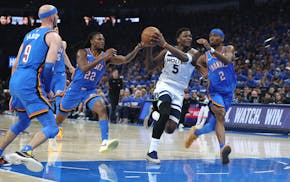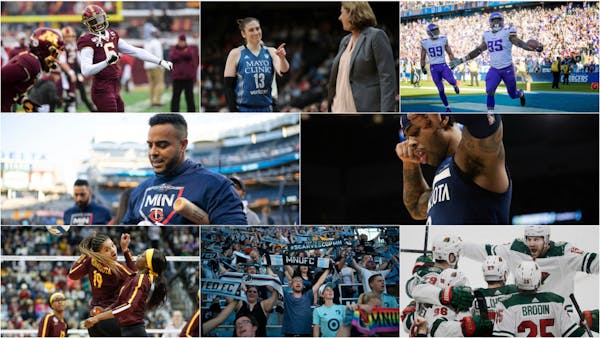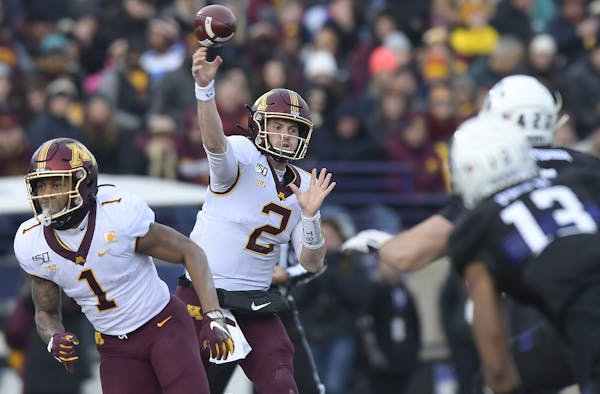Gophers football players returned to campus last week, soon to be joined by basketball players and then athletes from other sports in a gradual reopening of Athletes Village.
Based on what has transpired at schools that allowed athletes to return sooner than the U did, one outcome is certain: It's a matter of when, not if, a Gophers athlete tests positive for COVID-19.
As one university official asked privately: How much would be too much? In other words, how many positive tests would cause leaders to rethink the timeline? Five? Ten? More than that?
This is the question schools must navigate. Like every other university, the Gophers crafted a detailed plan in an attempt to create a safe-as-possible environment. But no amount of health measures and protocols can eliminate risk entirely.
The Gophers have 675 athletes. There will not be 675 negative tests. Athletic department officials aren't naive about that. They have response plans for that inevitability.
Indications are that the school intends to provide transparency while also respecting privacy by making public the number of positive tests each month. Many high-profile schools have announced or confirmed reports of positive tests since reopening their campuses.
Most notably, LSU's football team, the reigning national champion, had at least a quarter of its roster — 30 of 115 players — in quarantine because of virus-related concerns, according to Sports Illustrated, with that number remaining fluid based on test results.
Clemson announced 25 new cases Friday after three were announced last week in an initial report. Of the 28 cases, 25 have come from within the football program.
Schools that have reported positive COVID-19 tests
This is a complicated and sensitive process for universities. These aren't professional athletes protected by unions. They are amateurs, many still teenagers.
The pandemic stirs strong opinions about when and how things should reopen, but medical professionals should guide this process. If the U's medical team decides to alter the timeline based on testing outcomes or other data, then everyone adjusts. Those decisions will be made in real time, not in hypotheticals.
An abundance of testing and education will be paramount in college athletics to minimize the potential for spread. But let's also be realistic: College kids crave freedom and the ability to socialize. The school can't monitor athletes 24 hours a day to ensure they adhere to social distancing guidelines.
Ohio State required football players and/or their parents to sign a risk waiver before they returned to campus. Athletic director Gene Smith described the waiver as a "pledge" to follow health protocols and told ESPN that the document is designed to educate athletes more than protect the university from liability.
The waiver raised eyebrows of skeptics who interpret it as a legal document, but it's safe to assume that other schools will adopt a similar waiver or pledge.
The Gophers announced they will honor scholarships if an athlete chooses not to return to campus for fall semester, which is the right call. The only call, really. No student-athlete should feel pressured to return out of fear of losing scholarship money or a spot on the roster. He or she should feel comfortable making a personal decision. But there is an assumption of risk for those who come back, just as there is for everyone as society reopens.
College athletic departments can prepare and follow every CDC guideline, but they cannot guarantee that an athlete or coach won't become infected. That doesn't mean bringing athletes back to campus is a mistake.
The school is prepared. Restrictions need to be relaxed. It's time to move forward. This step brings some anxiety, but a measured approach is a necessary dial turn.
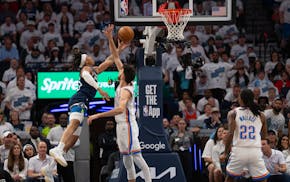
Scoggins: Finch's next challenge is to unleash the Wolves' youngsters

Scoggins: Timberwolves learn just how far behind they are
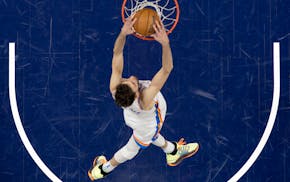
Scoggins: Chet Holmgren is in the right place at the right time
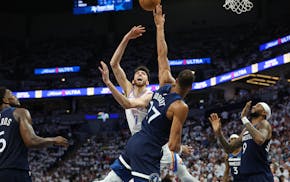
Chet Holmgren remains a basketball unicorn, a status forged in Minnesota and on display in the NBA
